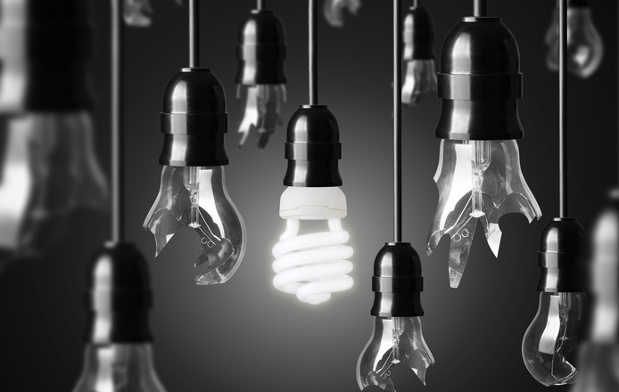Unlike pure copper resistance welding electrodes, whose properties and design cause them to conduct heat, the pure refractory electrodes are selected precisely because they will retain heat. Tungsten (W) is notable for the fact that it has the highest melting point (3387°C) among metals and its hardness at both normal temperatures and high temperatures is very high. It generally resists oxidation and its electrical resistance is very high.
Molybdenum (MO), tungsten’s “sister” among refractory metals, also has a high melting point (2610°C) and high mechanical strength at high temperatures, albeit commensurately lower than tungsten. The electrical resistance of Mo is also high. (For a more detailed review of electrical resistivity of various elements, including tungsten and molybdenum, The Electrical Resistivity of Selected Elements includes charts showing electrical resistance at a full range of temperatures, which is more useful than a single value.)
When choosing an electrode material for your resistance welding application, it becomes important to control the inevitable oxidative consumption by engineering into the resistance spot welding process cycle an opportunity for the electrode to cool down as much as possible. Tungsten is more prone to delaminate from thermal shock than molybdenum, so that is an additional selection consideration. However, the trade-off is that molybdenum oxidizes more rapidly than tungsten.
In parallel with the development of copper alloy materials designed to improve on the properties and behavior of pure copper, there are tungsten and molybdenum alloys that improve upon the pure element itself. (Note that because tungsten and molybdenum are powder metallurgy products, the word alloy does not apply in the same way that it does with nonpowder metals. To be fully dispersed into the refractory metal, the alloyed material has to survive or be adapted to the usually high temperature processing demands of the tungsten and molybdenum.)
Copper tungsten (CuW) is available in various composition ratios and is very widely used because a balance of the advantages of copper and tungsten are achieved. Silver tungsten (AgW) is also produced in different composition ratios, and an advantage is that silver (Ag) is hard to alloy with iron (Fe) and nickel (Ni), so AgW can be a good choice for welding stainless steels and other nickel-based alloys.
These alloyed electrode materials are the result of sinter hardening of an infiltration structure. Basically, a precisely measured piece of pure copper or silver is placed onto a mold filled with a precisely measured amount of tungsten or molybdenum powder and baked in an inert atmosphere oven. The results are electrodes with both high temperature strength and high electrical conductivity.
Occasionally, resistance welding applications require a unique organization of properties. In these cases, there are a variety of specialty electrodes to choose from. Silver tungsten carbide (AgWC) is an unusual refractory electrode material chosen because the tungsten carbide (WC) provides superior oxidation resistance while maintaining shape throughout the welding thermal cycle.
Finally, heavy metal — which is also known as heavy tungsten alloy and is comprised of W, Fe, Ni, and Cu depending on each manufacturer’s respective grades — is another unusual refractory metal spot welding electrode. Its benefits include its excellent oxidation resistance and its ease of machining when compared to pure tungsten and tungsten carbide (WC).
If you are in the process of choosing a resistance spot welding electrode for your application, knowledge of material properties can be critical. For more information on material properties and their diverse interactions, download our white paper Resistance Welding Electrode Materials: Selecting the Right One for Your Application.






